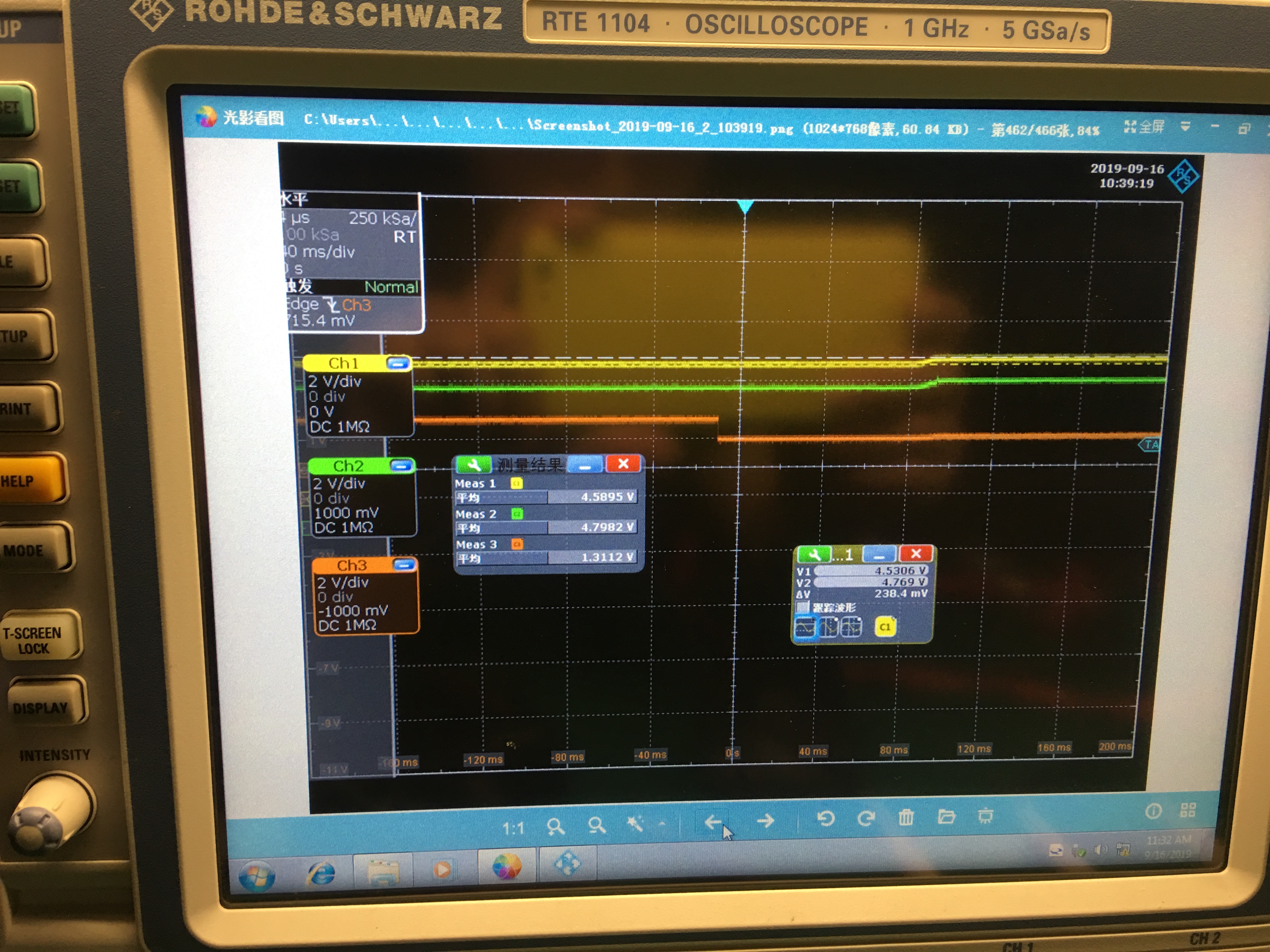I have two input,all is 5V.
IN1:5V_DC
IN2:5V_USB
When 5V_DC pulls out and 5V_USB keeps,the output volotage will drop
And I Test the ST pin,but this pin still low volotage,didn't change
I also find that the output volotage will be 4.2V in IN1,when resistor load is 5R.
Is there something wrong with the output volotage?
Could you tell me the reason? 0488.TPS2121_XCOMP.pdf
0488.TPS2121_XCOMP.pdf




